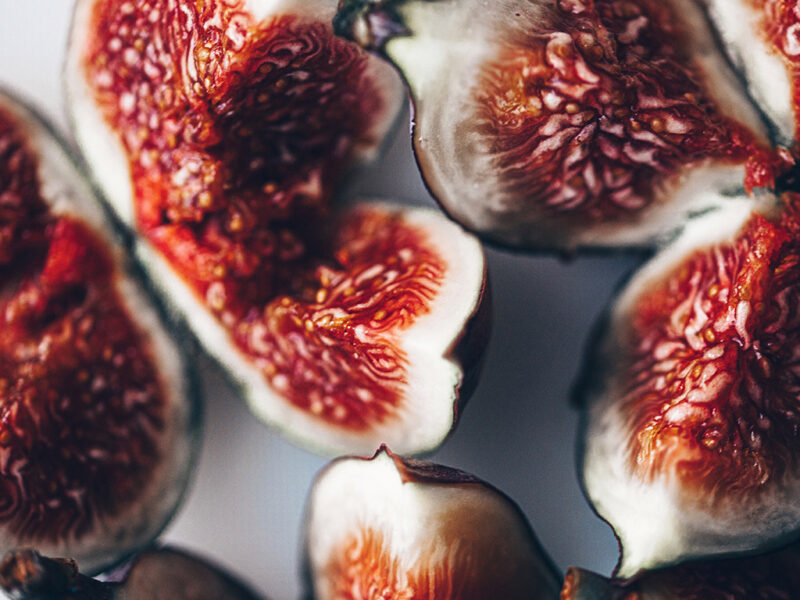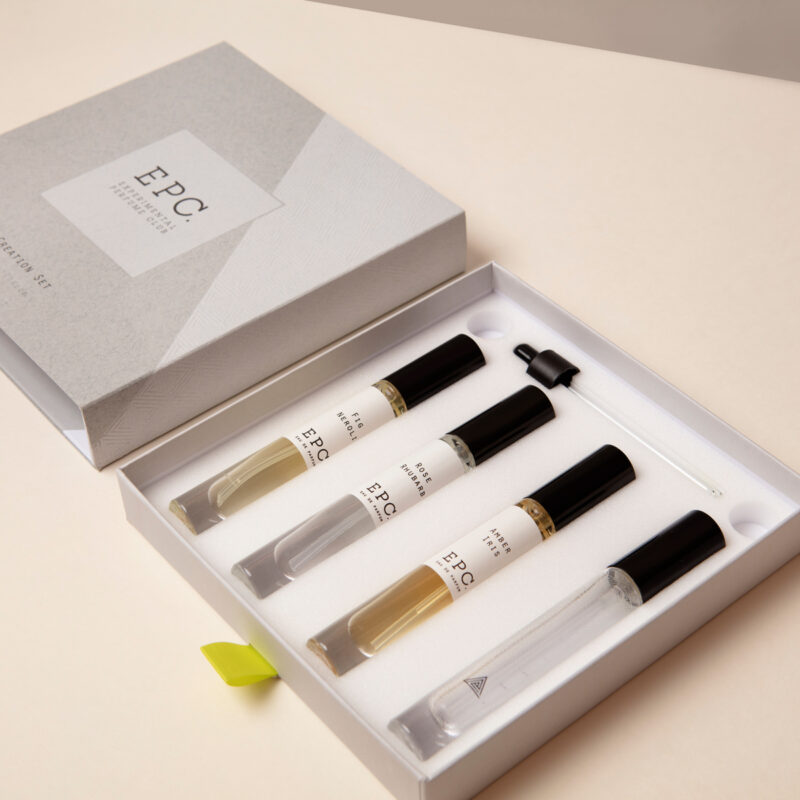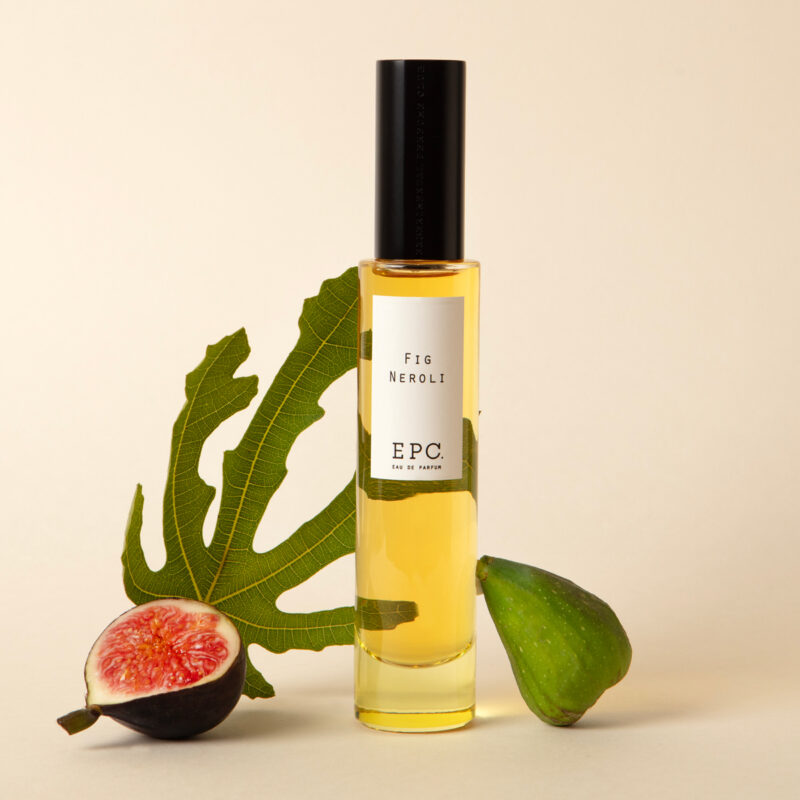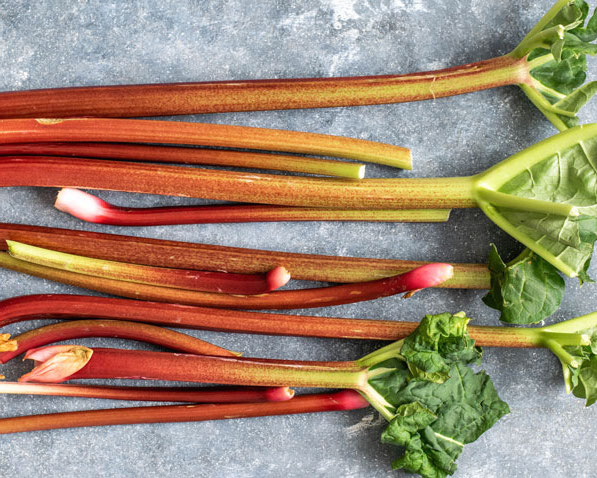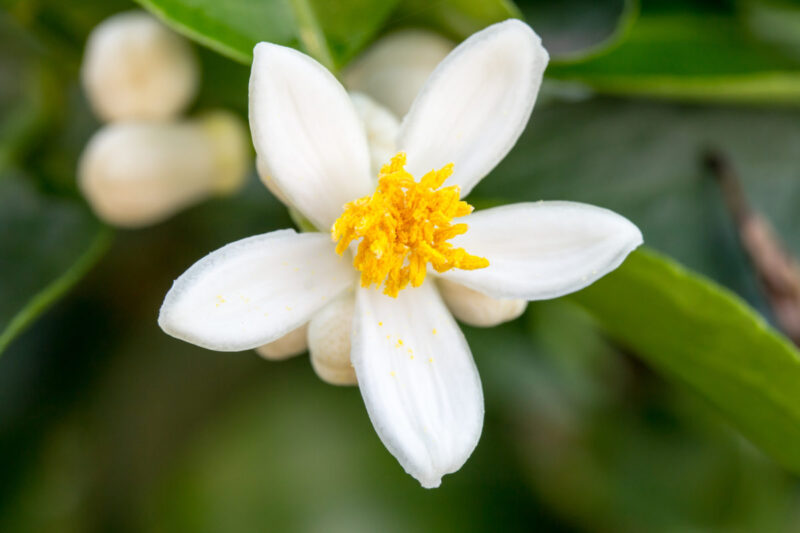Eat them fresh from late June to September or enjoy dried figs all year round. Fig scents, however, never go out of season. Let’s explore the different olfactory facets of fig.
Fig in perfume: a luscious interpretation
A mix of both milky-sweet, creamy facets and bitter green elements, the fig is an intriguing perfumery ingredient full of complexities. It pairs well with bright citruses, exotic flowers and other green notes.
A luscious fruit that dates back thousands of years, if carvings from the Middle Ages are anything to go off (they can be seen in early depictions of the Garden of Eden). They grow in the Middle East and Mediterranean, and were popularised in modern perfumery with a scent by L’Artisan Parfumeur, about 25 years ago.
Both the fruit and leaf smells of the fig can be interpreted in perfumery. The leaf gives a green note and can feel cool and shady. The fruit can be jammy, juicy, ripe and sunny. The sap is bitter, earthy and milky.
Discover Fig/Neroli: Our Perfumer’s Inspiration
The brightness of neroli counteracted by the woodiness of Haitian vetiver. A garden combined, green leaves, orange blossom flowers and dark woods. Basil and figs echo the scrunch of green grass beneath bare feet. The creamy milk of ripe figs soothes the green vegetal herbs. Sparkling petitgrain paired with invigorating peppermint creates refreshing spikes of scent. A base of cedarwood and soft benzoin transform this into a scent to nuzzle into, hours later.
/ With Tunisian Orange Blossom Absolute, fig, Haitian vetiver, Paraguay petitgrain, Egyptian basil, Italian iris, Virginian cedarwood, Siam benzoin.
We use notes of fig leaf in Fig/Neroli, adding greenness to other “leaf” ingredients such as petitgrain and basil. The milky facets of the ingredient are heightened with a soft, supple orris note and sweetened slightly by benzoin.

